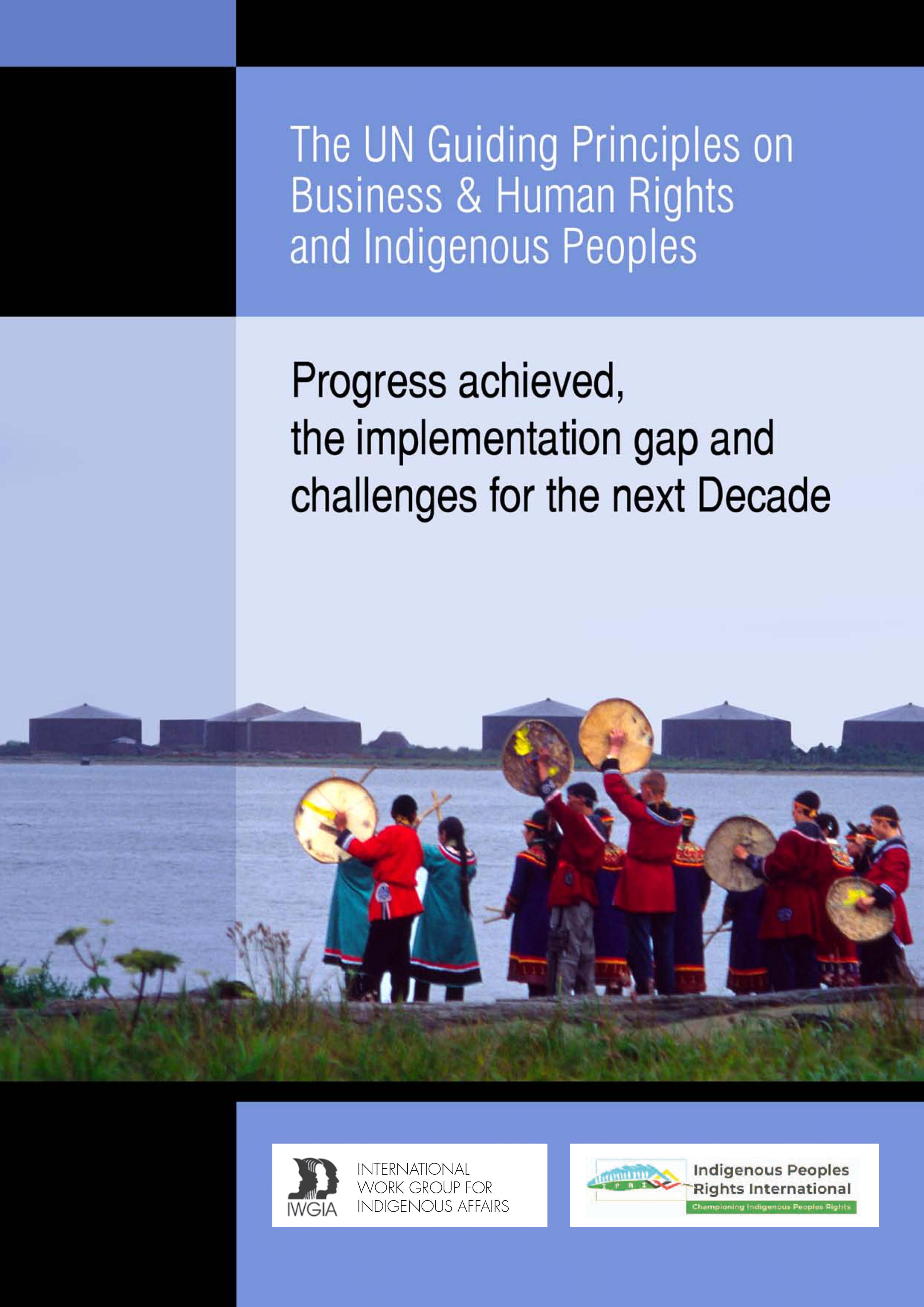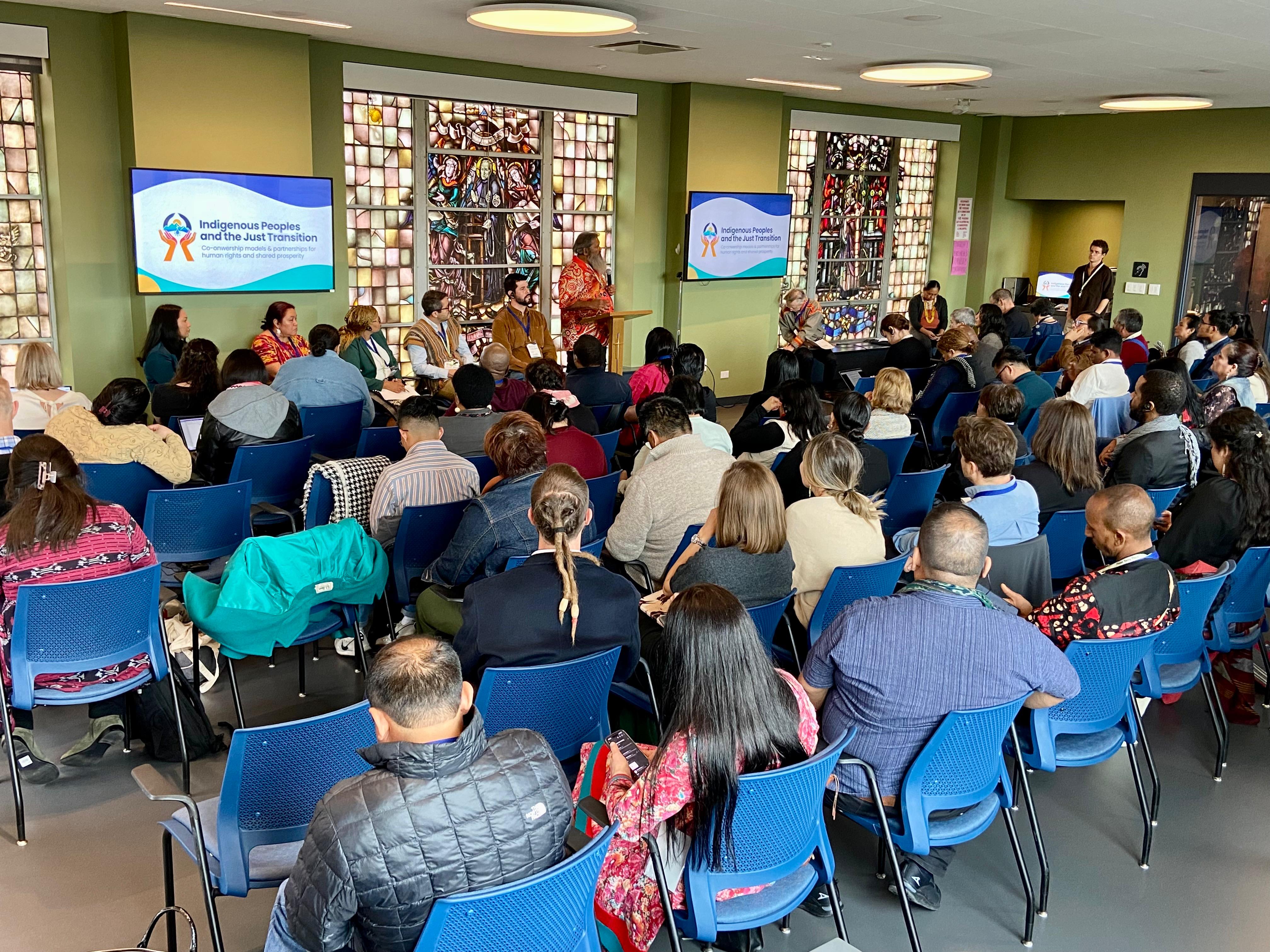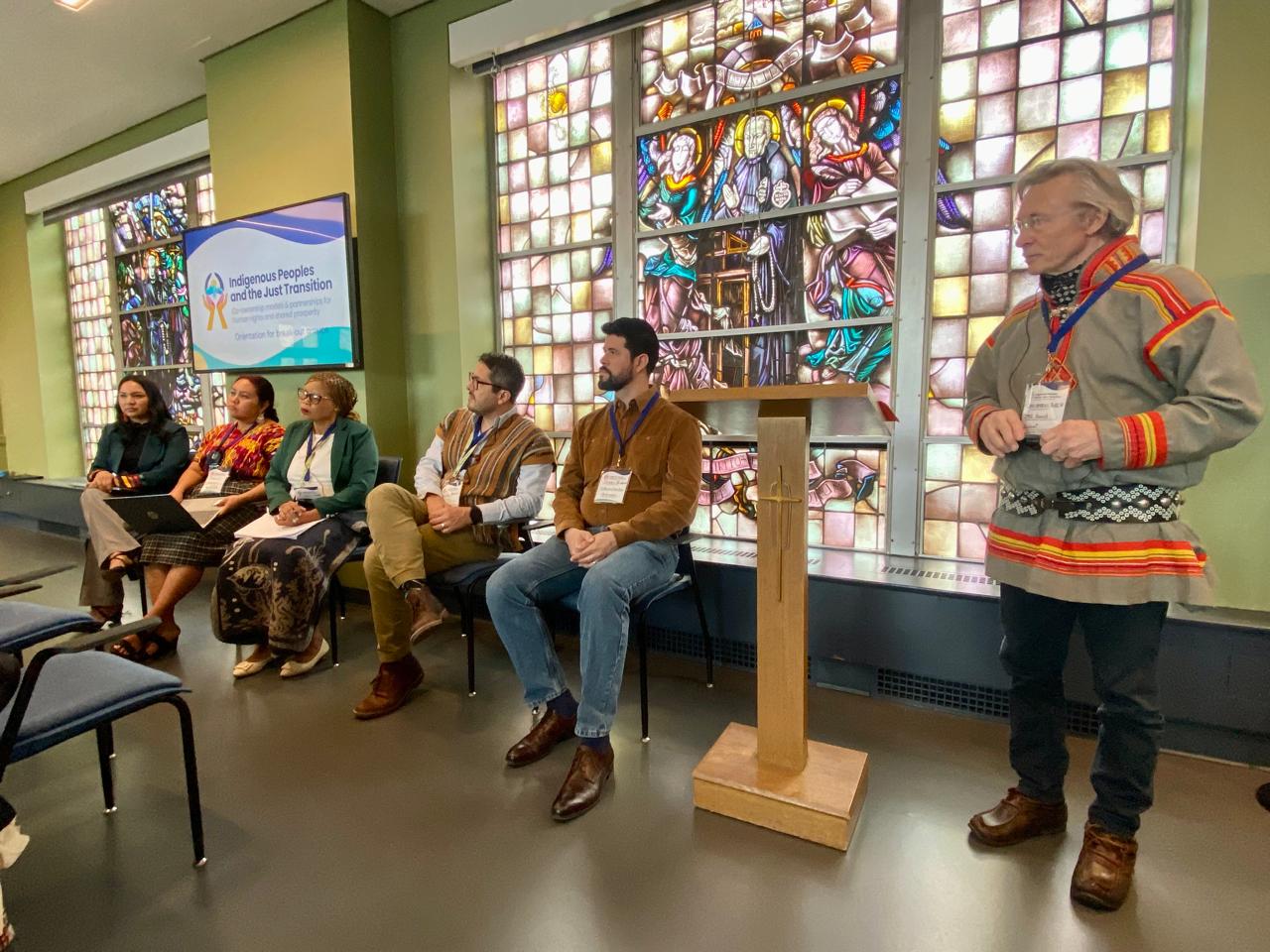The UN Guiding Principles on Business & Human Rights and Indigenous Peoples: Progress achieved, the implementation gap and challenges for the next Decade
In many countries of the Global South, transnational corporations wield more economic and even political power than the governments of the respective host states. Yet, as non-state actors, these businesses are exempt from legal obligations and accountability mechanisms under international human rights law. At the same time, international investment agreements often afford rights to them that are above national law and against which there is no recourse to appeal. For decades, indigenous peoples have been victimised by such corporations, often exploiting natural resources within their territories without their consent, colluding with host governments in instigating violence against indigenous communities, destroying their natural basis of life and fostering corruption and authoritarianism.
Indigenous peoples and their allies have done their utmost to resist this victimisation and to replace international lawlessness with a new rights-based paradigm. For five decades, there have been attempts, mostly driven by civil society, to introduce regulations regarding business and human rights into international law. After the most recent attempt, the “Norms on the Responsibilities of Transnational Corporations and Other Business Enterprises with Regard to Human Rights” failed in 2003, a process began that led to the unanimous endorsement of the UN Guiding Principles on Business and Human Rights on 16 June 2011 by the UN Human Rights Council. Not being a treaty, these Guiding Principles do not create new legal obligations but rather attempt to clarify the obligations of states that flow from existing international human rights law and the responsibilities of business enterprises; They further provide guidance on how to comply with these obligations and responsibilities in the business context.
While the rhetoric of states and many businesses quickly embraced the UNGP, the response from civil society and indigenous peoples was generally more reserved given the disappointing experience with other non-binding instruments over the preceding decades expectations were therefore generally low. There was also concern that many governments would use the existence of voluntary guidelines as a pretext for not introducing further binding regulations. In 2021, the UNGP will have been in existence for a decade and the time has therefore come to take stock and take a fresh look at the UNGP’s contribution to protecting indigenous peoples’ rights. Have the UNGP so far lived up to expectations? What has been achieved? What is the general dynamic? Which are the biggest gaps remaining?
The points of departure for our analysis are the 2013 thematic report by the working group entitled ”Business-related impacts on the rights of indigenous peoples” (UN Working Group on the Issue of Human Rights and Transnational and Other Enterprises, 2013), the 2014 human rights report on the same topic produced by IWGIA (Rohr & Aylwin, 2014) and, specifically, the recommendations made in both documents. Our preliminary conclusion is that the recommendations made in these reports have not lost any of their relevance but that the efforts undertaken by states and business enterprises to implement them has thus far been insufficient.
It is difficult to establish a causal relationship between many of the steps taken by various stakeholders over the last ten years, and the Guiding Principles, and so we have had to limit ourselves to noting the correlation. Causal relationships could most clearly be established in measures taken by international organisations such as the European Union or the OECD, which explicitly invoke the Guiding Principles. In other cases, the relationship is largely speculative and establishing it would go beyond the scope of this submission.
Besides identifying positive developments that have occurred over the last decade, we also list new and emerging threats, such as increasing violence and killings on indigenous land and of environmental defenders and the growing trend towards criminalisation through “anti-terror” laws. These causes for concern have been corroborated by a series of interviews with leading indigenous human rights defenders from the Americas, Africa, Asia and Russia in order to understand their concerns, perspectives and priorities. In conducting our interviews, we found remarkable consistency across continents and countries with regard to overarching concerns and demands, while we also identified regional differences and particularities.
One of our key findings is that that there is a vast gap between policies and declarations,
on the one hand, and practice on the ground, on the other. According to our analysis, one central reason for this difference lies in the voluntary nature of most frameworks, which do not enResguardo Indígena Cañamomo Lomaprieta, Colombia7
force themselves by imposing liability. At the policy level, however, some players have clearly made more progress than others. Verifying the extent to which this translates into a difference in practice on the ground, however, is beyond the scope of this submission.
As for changes on the ground, indigenous peoples themselves have been drivers of relevant positive change on the ground during the last decade. Through the development and implementation of their own autonomous governments and protocols for Free, Prior Informed Consent processes, they have successfully laid the foundations for a truly rights-based engagement between themselves, states, business enterprises and other players. These innovations by indigenous peoples themselves have been arguably the most impactful changes we were able to identify during our research. To be fully effective, these innovations need to be afforded due recognition and respect by state authorities. In multiple instances, courts have obliged governments to do so, but this has not always resulted in governments abiding by such rulings. However, we do note that this is a path to lasting improvements in the human rights situation, and one that has demonstrated its effectiveness over many others and which should therefore be further pursued.
The following section of this report will take stock of the main developments in the field of business and human rights since 2011, as they affect indigenous peoples. We largely follow the structure of the Guiding Principles, such that the first subsection investigates states, the second focuses on business enterprises and the third looks into the issue of remedies. For other stakeholders that do not clearly fit into one of the pillars (international organisations, indigenous peoples and civil society), extra subsections have been added. The content of the subsections is derived both from desk research as well as from a series of interviews conducted with leading indigenous activists and thinkers from Latin America, Africa, Asia and Russia during November 2020. A list of interviews is attached.





